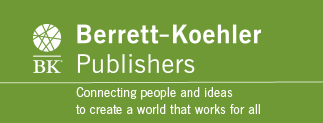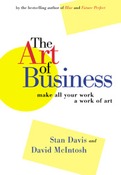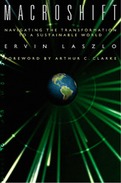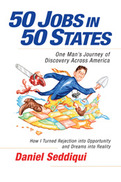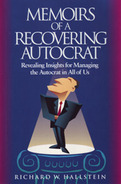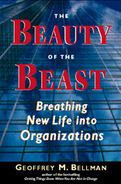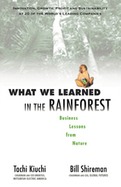2005
- Stan Davis is author of the bestselling books BLUR (more than 250,000 copies sold), 2020 Vision (more than 100,000 copies sold), and Future Perfect (more than 100,000 copies sold)
- Shows how bringing an artistic sensibility to business can improve business performance and increase personal work satisfaction
- Includes detailed, practical advice for implementing the ideas in the book, as well as a wealth of real-world examples
2001
- Foreword by Arthur C. Clarke
- The critical crossroad we face at the threshold of the millennium revealed by one of the world's preeminent futurists
- Comments on today's global crisis and the challenge of change from Thomas Berry, Gary Zukav, Riane Eisler, Edgar Mitchell, and others
- Draws on the author's profound understanding of systems theory to provide practical guidance for shaping and directing our future
2011
We all want to be in control-of our jobs, our relationships, our lives. However, the autocratic behaviors stemming from our desire for control are proving less and less effective in today's more participative organizational cultures.
In Memoirs of a Recovering Autocrat, Richard Hallstein speaks to all of us. Through revealing anecdotes and personal examples, he helps us see the many ways in which we manifest our constant struggle for control and thereby make our work and our lives more difficult for ourselves and those around us. And he offers practical help for learning more participative styles of managing and living a more joyous and satisfying life, both personal and professional.
Written with an intimacy rare in business books, the twenty-one vignettes in this enlightening and entertaining confession evoke twinges of recognition in all of us. Through Richard Hallstein's experiences, we recognize our own autocratic behaviors-encouraging competition instead of collaboration; demanding perfection from ourselves and others; hanging on to power instead of sharing it; even surrounding ourselves with people just like ourselves in order to avoid conflict. His prescription for overcoming the autocrat within us not only creates new possibilities for getting a job done, but releases us from having to know everything, do everything, and control everything.
- An easy-to-read, how-to guide for executives, managers, business professionals, entrepreneurs, and change leaders who are seeking profit improvement strategies that fit their organizations
- By a working executive who has put these ideas into action and seen them work
- Provides a cost-reduction alternative to employee layoffs that also helps managers motivate employees to generate creative ideas
- Reveals how to immediately improve profits with over 100 innovative profit building ideas
- A new perspective on organizations from Geoff Bellman, bestselling author of Getting Things Done When You Are Not in Charge (over 80,000 copies sold) and The Consultant's Calling (over 40,000 copies sold)
- Helps us identify what we love and hate about organizations-and how this affects our success
- Offers eight aspirations and twenty assertions that guide our discovery of new work alternatives for individuals, work groups, and organizations
- Demonstrates that nature provides a powerful business model for driving innovation, increasing profit, spurring growth, and ensuring sustainability
- Includes real-life examples from such leading companies as Coca-Cola, Intel, Coors, Nike, Ford, DuPont, 3M, and more
- Written by two would-be "arch enemies": a hard-nosed CEO of a major corporation and a dedicated environmentalist
- Doesn't just balance competing interests-it integrates them in a new paradigm
